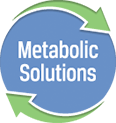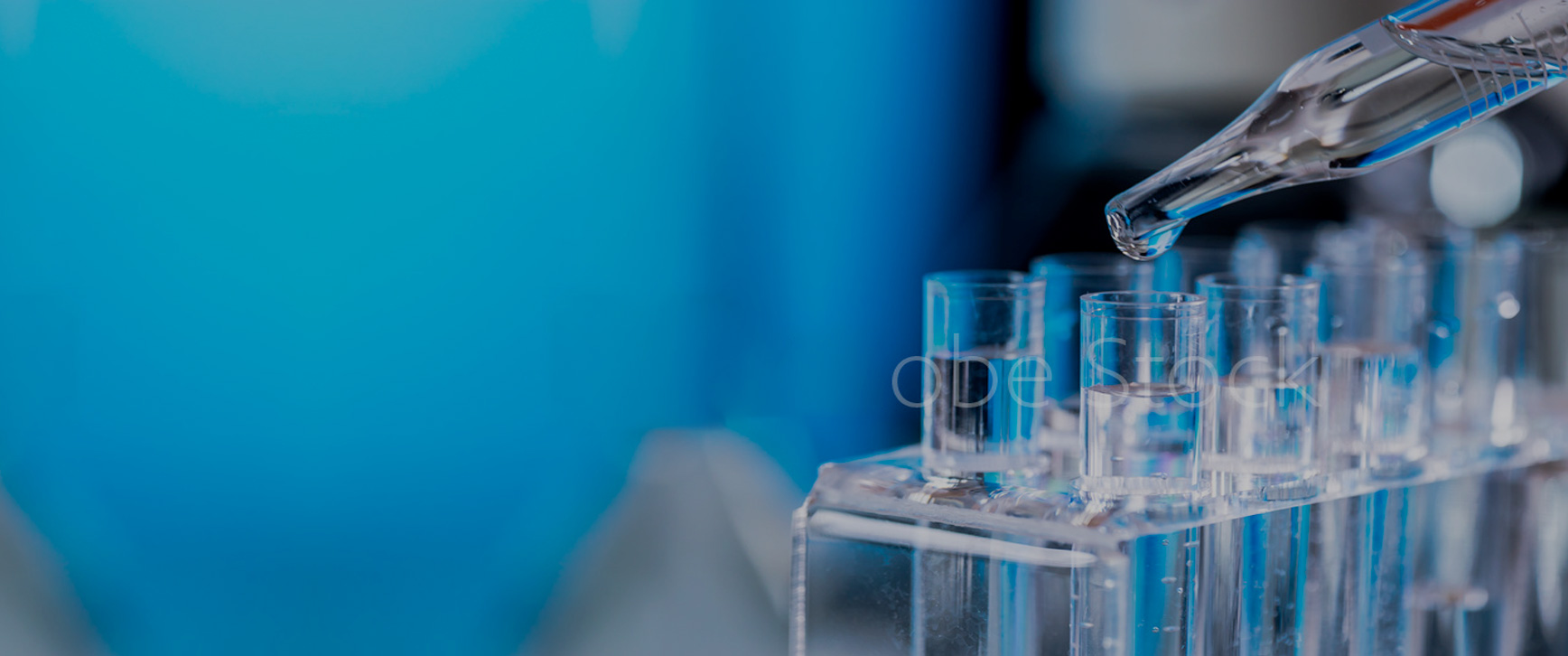Several stable isotope analysis methods have been used to measure gluconeogenesis using tracers such as [U-13C]glucose, [2-13C]glycerol and deuterium oxide (D2O). When 13C-labeled tracers are used, there are some serious limitations:
- Continuous infusions require special facilities
- Infusion protocols are over short time periods
- Subjects are confined
- True precursor enrichment is difficult to measure
- Experiments are costly due to sterile IV solutions
- Difficult to test many subjects at once
Labeling with deuterated water is a more convenient and less costly alternative for measuring gluconeogenesis. The basis of the technique is that deuterium oxide rapidly equilibrates with total body water. The deuterium atom labels glucose through various enzymatic reactions in the Krebs cycle.
Deuteromic studies are easy to conduct. Only a single oral dose of deuterium oxide (1 gram/kg BW) is required. Blood samples are collected for glucose enrichment prior to dosing and after 60-90 minutes. The precursor enrichment of total body water is easily measured with plasma, saliva or urine.
Gas chromatography combustion isotope ratio mass spectrometry (GCC-IRMS) is used to measure very low levels of deuterium in plasma glucose. The GCC-IRMS separates derivatized plasma glucose by gas chromatography. The glucose peak is then combusted to hydrogen gas at 1450°C, which is analyzed by isotope ratio mass spectrometry. Stable isotope analysis of glucose by this technique detects enrichment levels of 0.001% of deuterium with accuracy and precision. The fractional gluconeogenesis rate is calculated from the average enrichment of deuterium in glucose.


